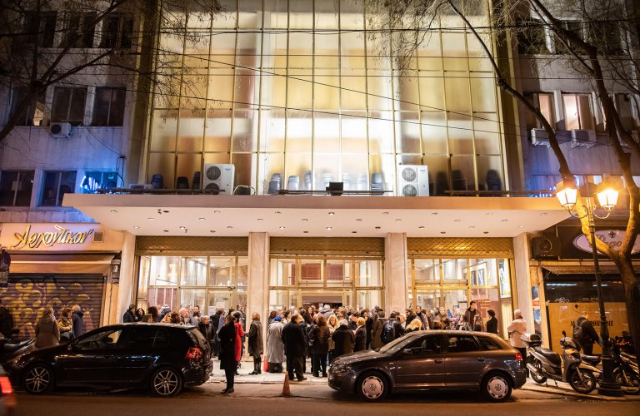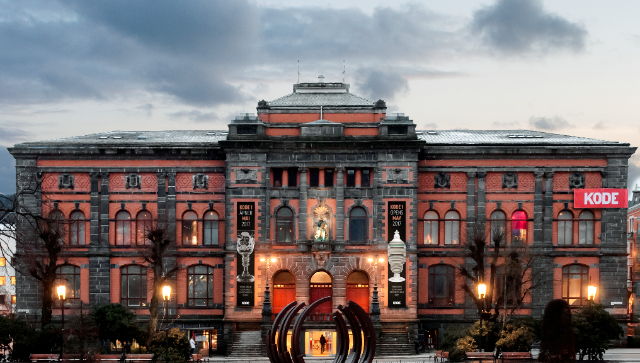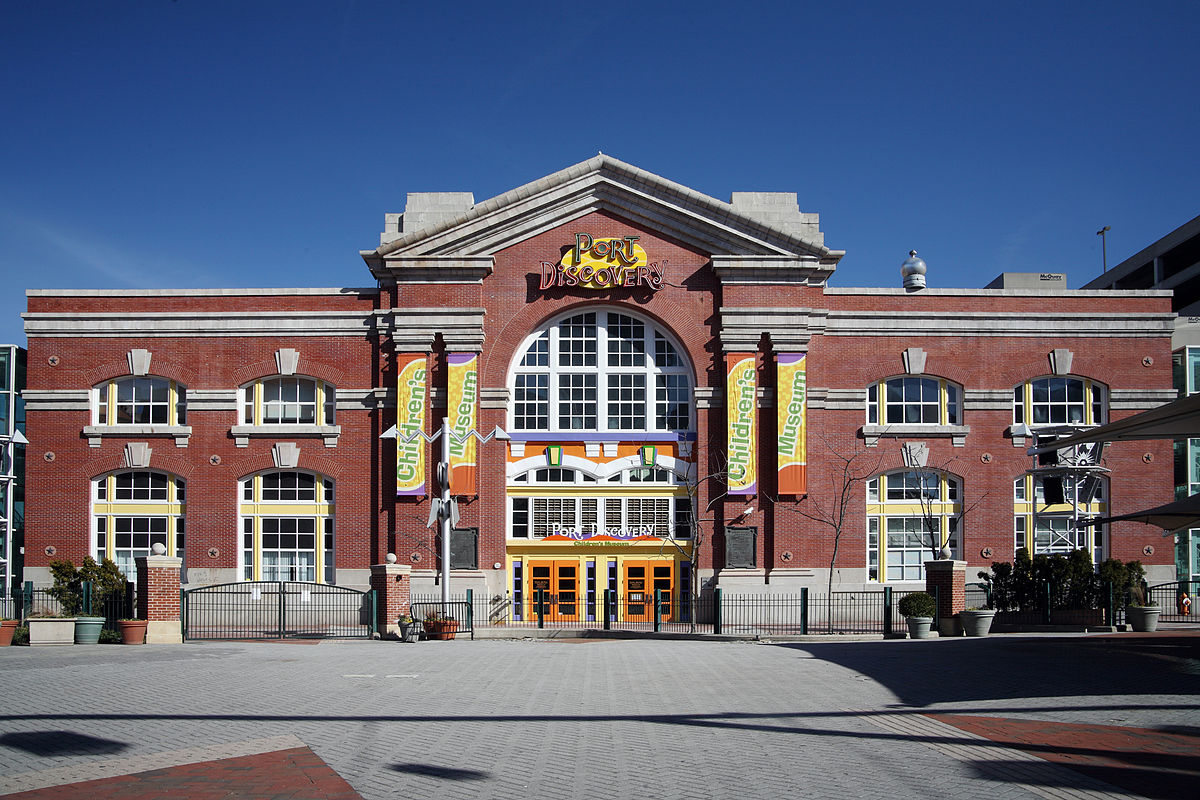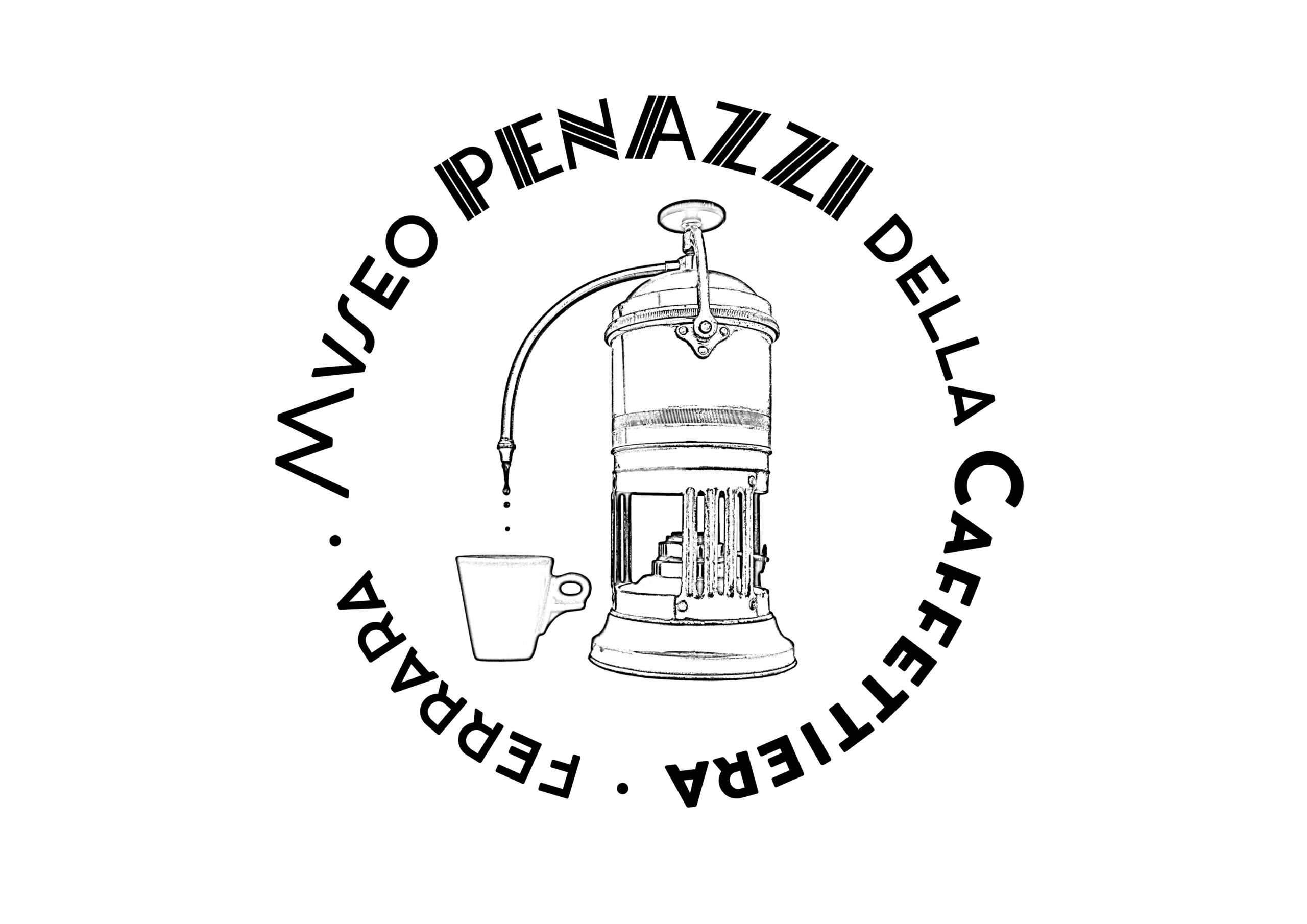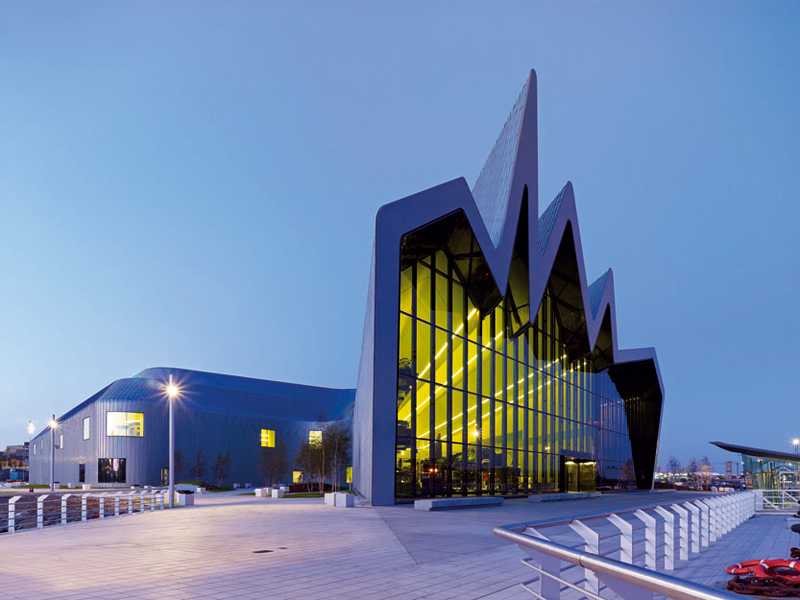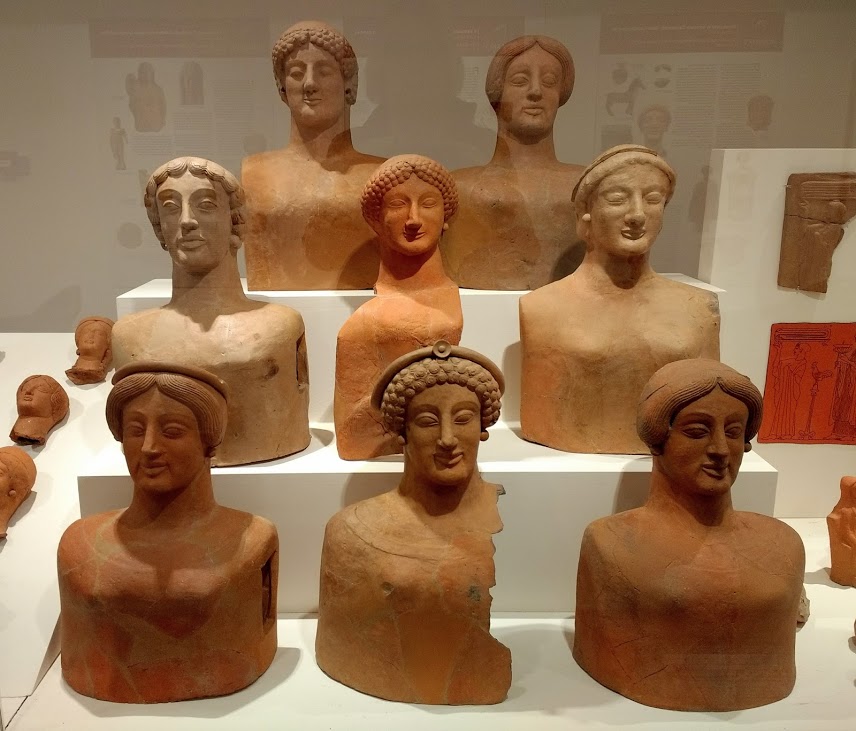The original Olympia Theatre, constructed in the Parisian Eclecticism architectural style, was a product of the visionary architect Stavros Christidis in 1915. However, it was in 1957 that the current Olympia Theatre took its place, courtesy of the skilled hands of Panos Tsolakis.
Unearthing the History: For many years, the Olympia Theatre was the proud home of the Greek National Opera until 2017 when the GNO decided to embrace a new stage at the Stavros Niarchos Foundation Cultural Centre. However, the show had to go on, and in December 2018, the curtains ascended once more, with the Athens municipality stepping up as its guardian.
Why It Matters: This theatre stands as a timeless emblem of Greek culture, having played a pivotal role for over a century. Its history dates back to 1904 when the very first open-air variety shows graced its grounds. A significant moment in its history came on April 22, 1944, when a talented young woman named Maria Kalogeropoulou made her operatic debut on the stage of the original Olympia Theatre. This emerging star would soon become a legend under the name Maria Callas. To honor the legacy of this extraordinary Greek soprano, the theatre has been renamed in her memory. Today, it continues to offer a diverse program featuring opera, concerts, and children’s theatre, presenting the talents of local and international artists. What’s more, it ensures accessibility with affordable ticket prices and even hosts a free concert each month.
Don’t Miss: Before or after an enthralling performance, make sure to explore the Maria Callas Cultural Space located in the theatre’s foyer. Here, you’ll find a captivating collection of personal belongings that once belonged to the iconic Maria Callas.
Quirky Tidbit: A fascinating historical footnote: the National Opera concluded its run at the Olympia Theatre with the very same opera that marked its debut in 1944, Spyridon Samaras’ timeless work, “Rea.” This poetic symmetry adds an extra layer of significance to this remarkable venue.
